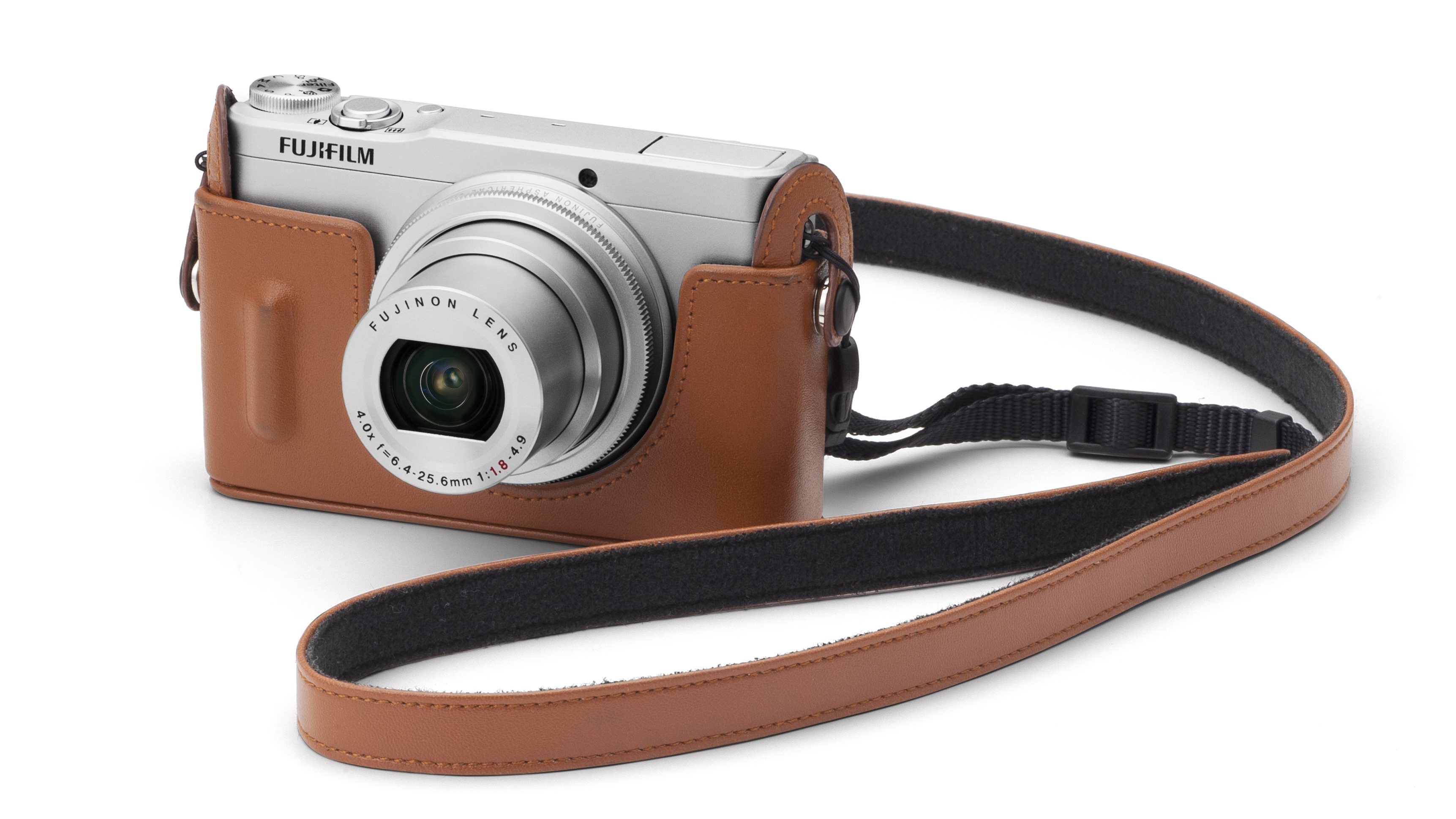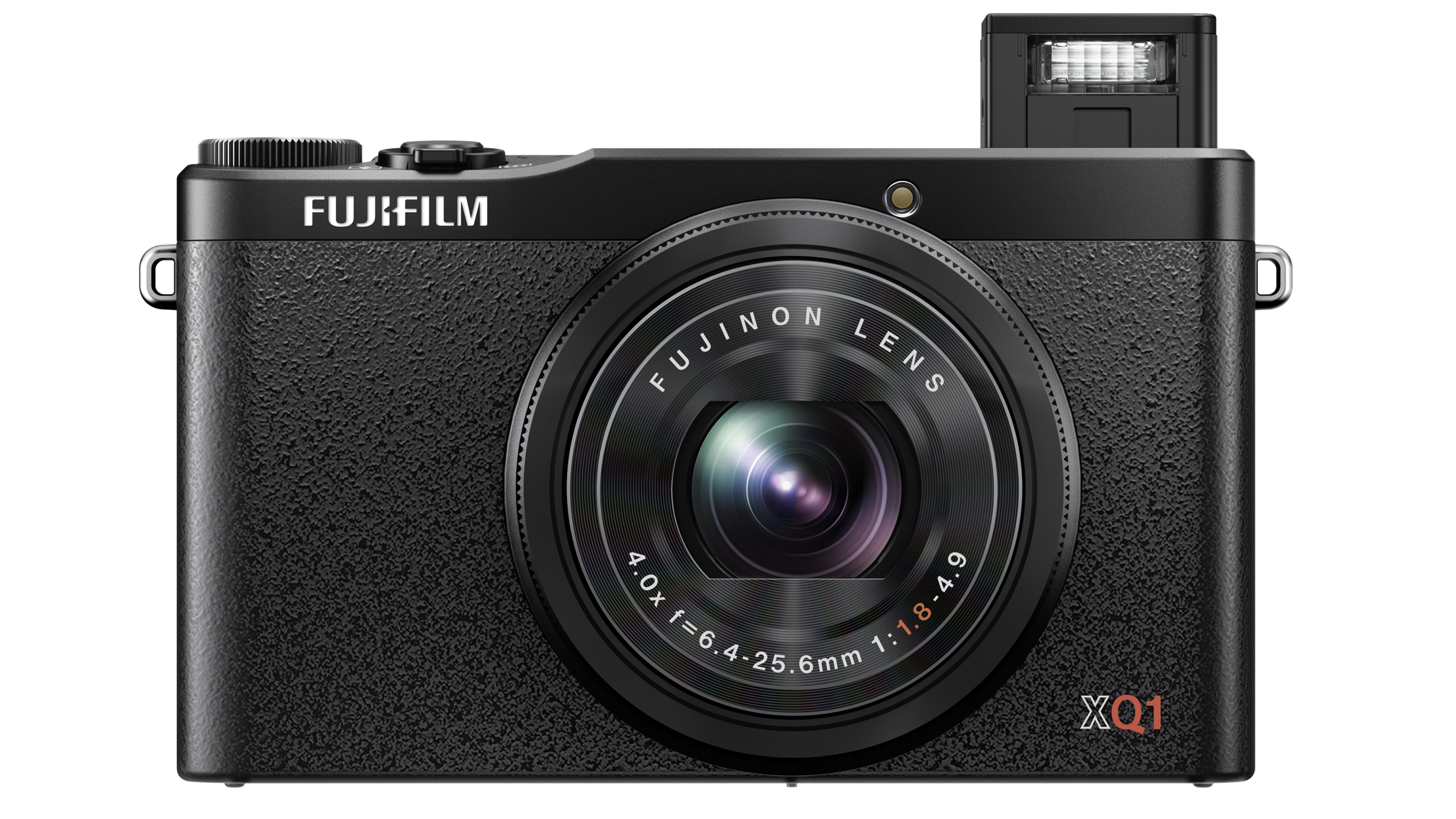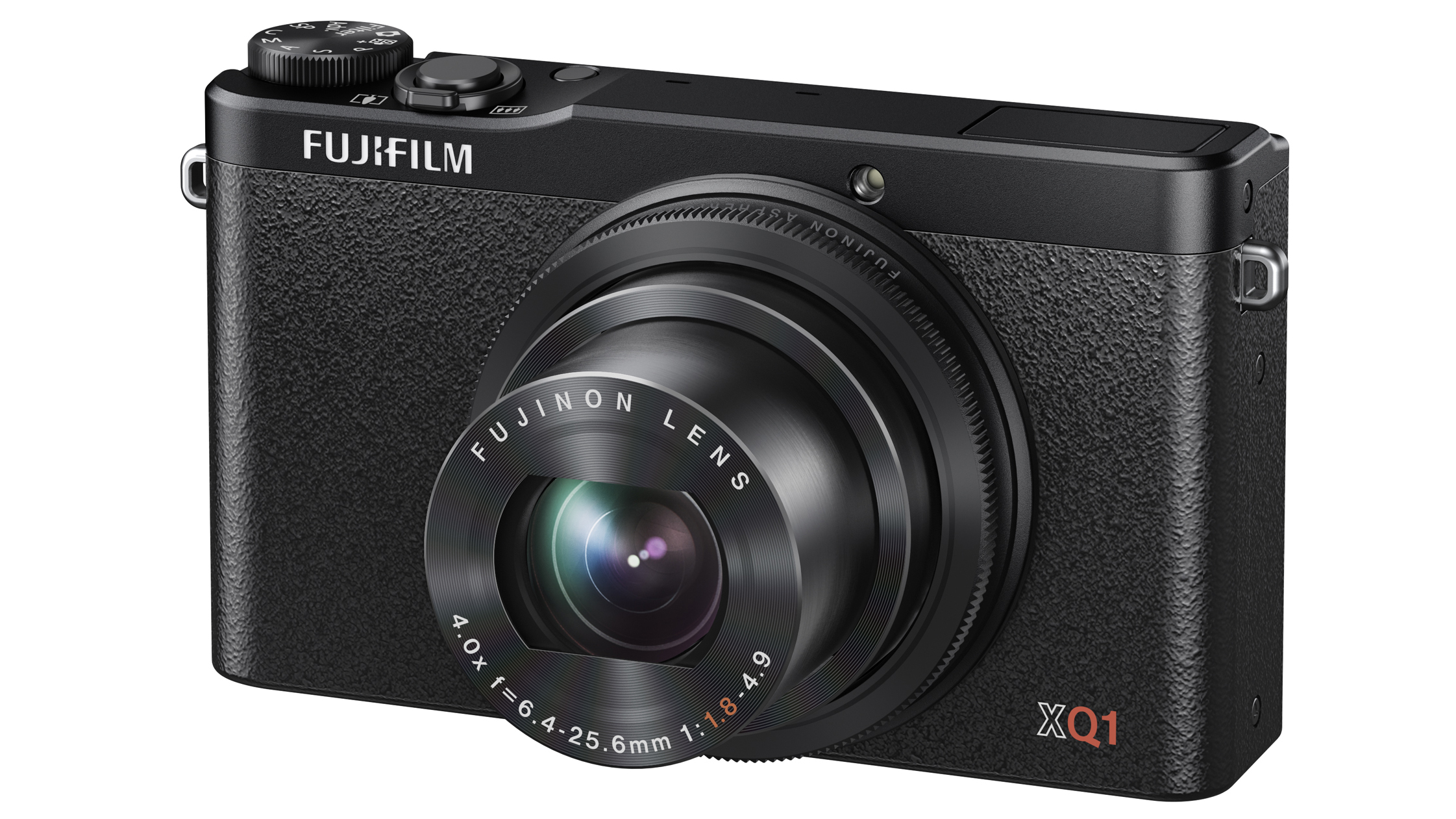TechRadar Verdict
A fun camera, but we can't help feel it fails to live up to its promises, and with the falling cost of models such as the Canon Powershot G16/G15 and GX1 and the Panasonic Lumx DMC-LX-7, it might find standing against the competition rather difficult.
Pros
- +
Lovely solid build
- +
Super-fast power up and shot-to-shot times
- +
Good colours and colour controls
- +
Good resolution mid aperture range
Cons
- -
F/1.8 is rarely available
- -
Quite noisy images
- -
Limited dynamic range
- -
Lens ring moves too easily
Why you can trust TechRadar
With the guts of the X20 and a new f/1.8 zoom lens, Fuji's XQ1 promises high image quality and great low-light functionality
There seems of be an insatiable appetite for premium quality compact cameras, with camera buyers happy to part with healthy amounts of cash to secure a well-built body that gives the impression of detailed control, a high-performance lens and some additional features that make it stand out from the crowd.
A super-wide aperture is an excellent example of the kind of 'additional feature' that users are looking for, and maximum openings of f/1.8, as presented here by the Fuji XQ1, have been a fashionable attention-grabber since Samsung's EX1 was launched in 2010.
But the XQ1 can offer more than that. It also includes that second most-desired additional feature – a larger-than-usual imaging sensor, plus the processor of a camera much further up the range than itself.
It's a heady mix, but one that experience tells us does not have to produce the fine results one would hope from the sum of so many advanced parts.
Features
The Fuji XQ1 is a pocket-sized compact camera that features a 25-100mm (35mm equiv) lens with an aperture range of f/1.8-4.9. The camera uses the same 2/3in X-Trans CMOS sensor and processor as the company's advanced and stylish X20 compact camera – a camera that cost almost one and a half times as much when launched as the XQ1 does now.
The benefits of this connection, beyond the prestige, is that the sensor is twice the size of that used in many compact cameras, and 1.3x the size of those used in more premium models such as Canon's Powershot G16. Possession of a larger sensor, of course, means that the camera's 12 million pixels can be larger and can, in theory at least, collect more light. This in turn should lead to less image noise at higher ISO settings and in long exposures. Indeed, the camera has been allowed a maximum ISO rating of 12800.
Sign up for breaking news, reviews, opinion, top tech deals, and more.

Fuji claims that the size of the sensor isn't the only aspect of the camera that is working towards reducing imaging noise, as the high-powered processor has a hand in matters too.
Proving its premium credentials, the XQ1 offers the simultaneous saving of images as raw and JPEG files, and the exposure mode dial on the top plate houses positions for aperture and shutter priority modes, as well as full manual and fully automatic point-and-shoot functions.
Those who remember the film days will be glad to know that Fuji has included image settings to simulate the colour and contrast characteristics of Provia, Astia and Velvia transparency emulsions, as well as the black and white tones of Neopan. If you choose to record your images in raw format you have the chance to apply these 'looks' post-capture, as the camera is capable of a degree of raw processing independently of a computer.

Of course, physically plugging a camera into a computer is considered very third-world these days, and Fuji has rightly included wireless connection so that you can transfer files either to a hard drive, a smartphone or a tablet.
If we were to look for what's missing, perhaps some form of touch-screen capability for selecting at least a focus point might have been useful.
